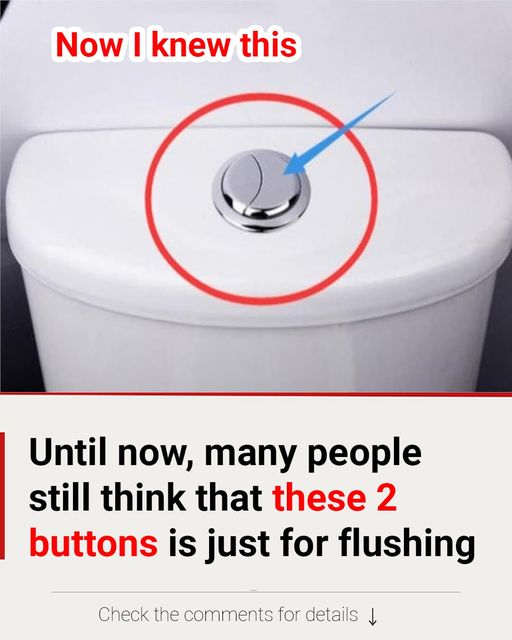If you’ve recently used a modern toilet, you might have noticed two buttons on the top of the tank. While many people assume these buttons serve the same basic purpose—flushing waste down the drain—their function is more significant than that. These dual flush buttons were designed to conserve water and make toilets more efficient. So, how do these buttons work, and why do they matter? Let’s explore the dual flush system and why understanding its purpose can help you save water and reduce costs.

The Basics of Dual Flush Toilets
The two buttons on a dual flush toilet are designed to provide different amounts of water depending on the type of waste being flushed. The larger button releases more water, approximately 6-9 liters, and is intended for solid waste. The smaller button releases about 3-4.5 liters of water and is designed for liquid waste. The idea is simple: use only the amount of water needed, based on the situation.
This system is more effective than single-flush toilets, which use a standard amount of water—typically around 9-12 liters—regardless of whether the waste is solid or liquid. Dual flush toilets, on the other hand, offer a more sustainable solution by using less water for liquid waste, which doesn’t require as much to be flushed away.
Why Water Conservation Matters
The dual flush system isn’t just about convenience—it’s about significant water conservation. Water is one of the most precious resources on the planet, and with growing concerns about water shortages in many regions, every effort to reduce consumption counts. By using the appropriate button on a dual flush toilet, households can save up to 20,000 liters of water each year compared to traditional single-flush models.
This savings doesn’t just benefit the environment; it also results in lower water bills for households. In an era where utility costs are rising, the potential for significant savings is a welcome bonus for homeowners looking to reduce their expenses while contributing to sustainability.
The Financial Benefits of Dual Flush Toilets
While the initial installation of a dual flush toilet may be more expensive than a traditional toilet, the investment pays off in the long run. Not only do these toilets help conserve water, but they also lead to lower water bills over time. The more water you save, the more money you save—making the upfront cost of installation worthwhile.
Additionally, dual flush toilets are built with water efficiency in mind. Many newer models feature advancements like more efficient flush mechanisms and improved bowl designs that enhance the overall flushing process. This means that these toilets not only use less water but also provide effective waste removal.
The Origins of the Dual Flush System
The concept of the dual flush toilet is not as new as you might think. It was introduced by Victor Papanek, an Austrian-American designer known for his innovative ideas, in 1976. Papanek’s design was driven by the goal of reducing water waste. His concept was first implemented in Australia in 1980, a country that has long struggled with water scarcity. The success of dual flush toilets in Australia quickly spread to other countries, making them a popular choice for new construction and renovations.
The introduction of dual flush toilets marked a significant shift in how people think about water usage in the bathroom. As water conservation became a more pressing global issue, these toilets gained traction worldwide, particularly in areas facing frequent droughts or water shortages.
Why Many People Are Still Confused
Despite the clear benefits of dual flush toilets, many people are still unaware of how they work or how to use them properly. Part of the confusion stems from the lack of clear instructions, especially in public restrooms, where users may not understand which button to press. Without proper guidance, users often default to pressing the larger button, missing out on the water-saving potential of the smaller flush.
To maximize the benefits of dual flush toilets, it’s essential to educate users about the purpose of each button. Clear signage, informational materials in bathrooms, and public awareness campaigns can help people understand how to use these systems effectively. By promoting awareness, more people can make a conscious effort to conserve water with each flush.
Conclusion: Small Changes for a Big Impact
Dual flush toilets represent a simple yet effective solution to water conservation. By understanding how they work and using the correct button for each type of waste, individuals can significantly reduce their water consumption. While the initial cost of installing a dual flush toilet may be higher, the long-term savings on water bills and the positive impact on the environment make it a worthwhile investment.
As awareness of water conservation grows, so does the importance of tools like dual flush toilets. So, the next time you see two buttons on a toilet, remember that they’re not just for flushing—they’re for helping you save water and reduce your environmental footprint, one flush at a time.





